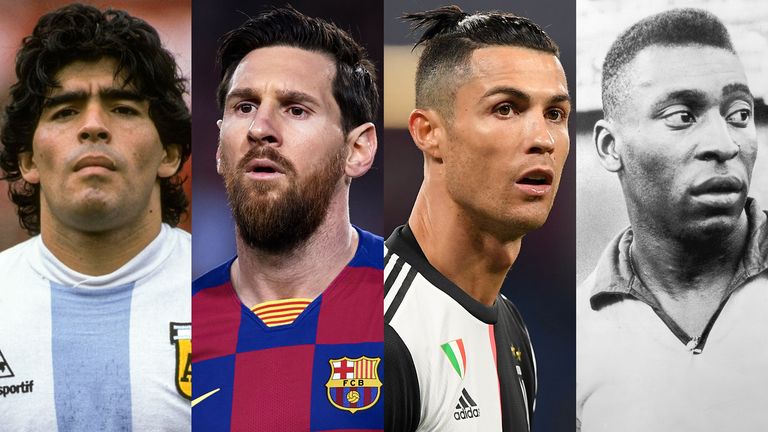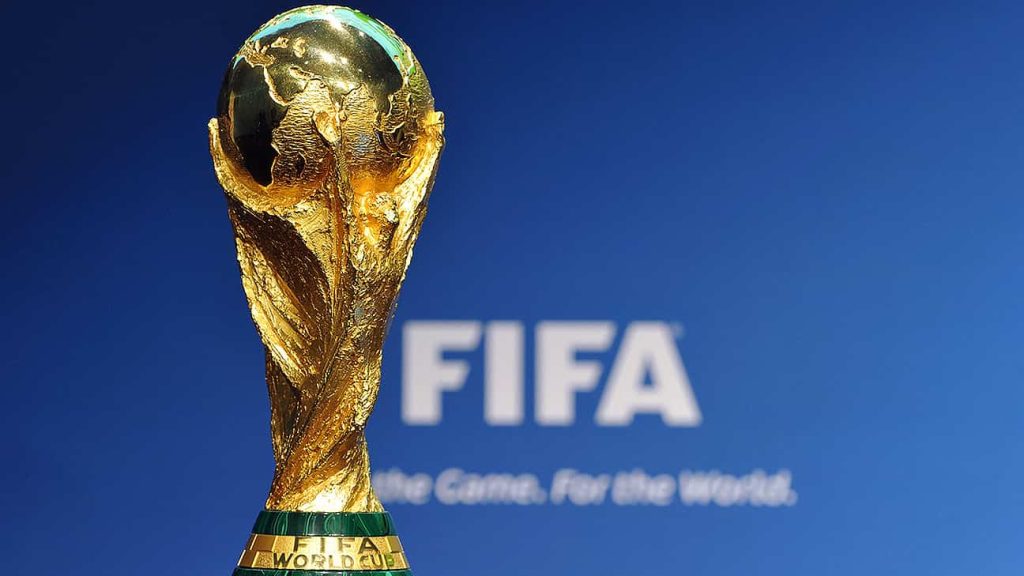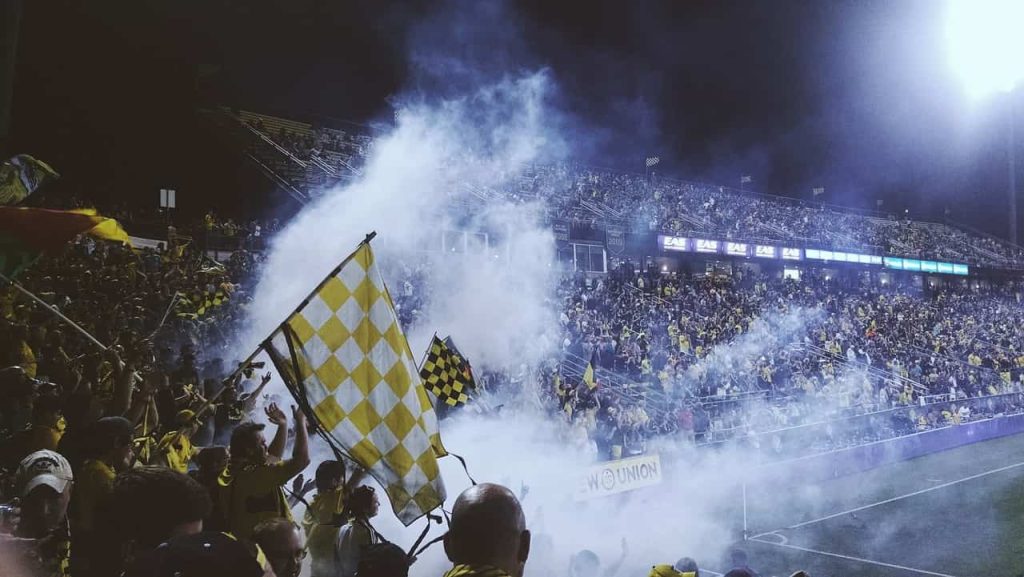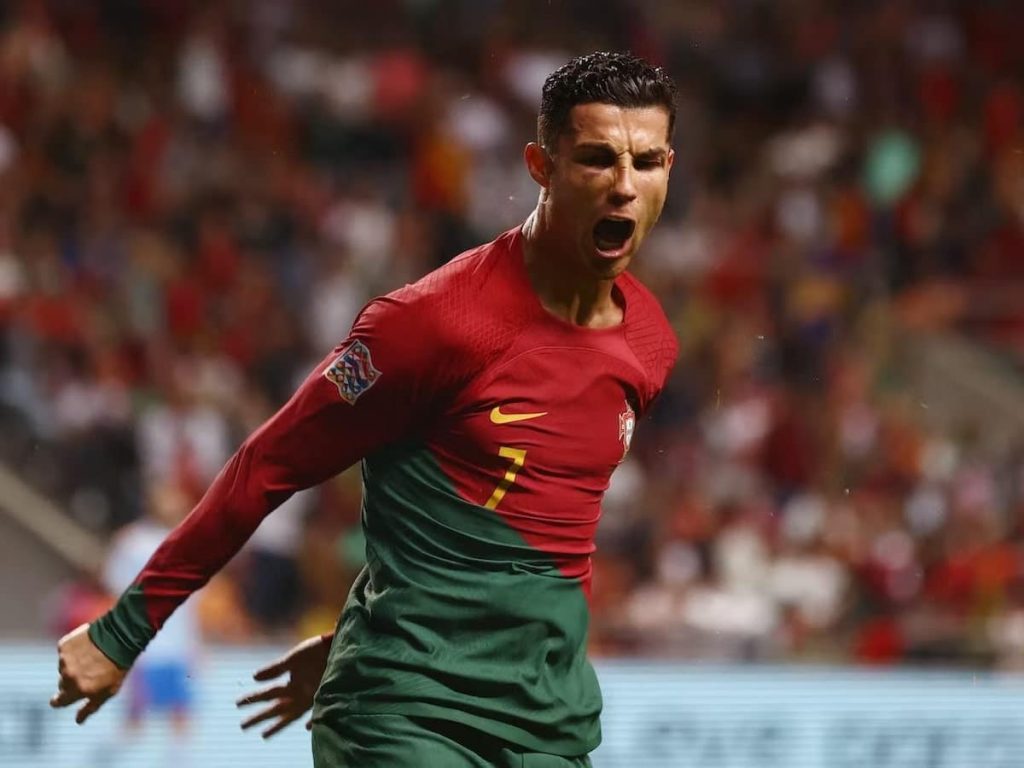We all know that a draw can be a great thing. It means that the match is over and that there is no winner. But what happens if the result of a match is a draw? In this post we will look at what happens when a match ends in a draw. If you’re wondering what happens if a FIFA World Cup match ends in a draw, we’ve got you covered. Here’s everything you need to know about the tiebreaker rules for the World Cup. If you want to know about The Biggest Defeat In World Cup History, click here.
The FIFA World Cup is one of the most highly anticipated tournaments in the world, and its matches are always full of excitement. But what happens when a FIFA World Cup match ends in a draw? With the stakes so high, it is essential to understand the rules and regulations of the tournament in case of a tie. One of the unique aspects of the World Cup is the knockout stage, where teams play a single elimination match to determine who advances to the next round. But what happens if a knockout match ends in a draw after 90 minutes of play? In this blog post, we will explain what happens if a knockout match ends in a draw at the FIFA World Cup 2022.
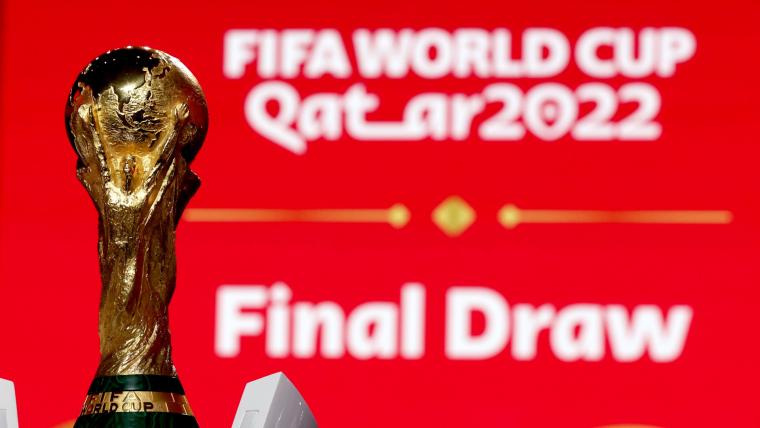
image credit: Getty Images
The Knockout Stage
The knockout stage is where the tournament really heats up. In this stage, the 16 teams that advanced from the group stage are matched up in a single-elimination bracket. This means that each team only has one chance to win, and if they lose, they are eliminated from the tournament. The knockout stage begins with the round of 16, where the eight winners of the group stage are matched up against the eight runners-up. From there, the winners of the round of 16 matches advance to the quarterfinals, where they are matched up against one of the other quarterfinalists. The winners of the quarterfinal matches advance to the semifinals, and the winners of the semifinals advance to the final.
Extra Time
If a knockout match ends in a draw after 90 minutes of play, the teams will play an additional 30 minutes of extra time. This is also known as “overtime,” and it is designed to give both teams a chance to break the deadlock and score a decisive goal. Extra time is split into two 15-minute halves, and the teams will switch ends at the halfway point (just like in a regular game). If the score remains level after extra time, the game will go to a penalty shootout to determine the winner.
Penalty Shootout
If a knockout match remains level after extra time, the game will go to a penalty shootout. This is a sudden-death format, where each team takes turns attempting to score a penalty kick from the spot. The team that scores the most penalty kicks wins the game, and the team that loses is eliminated from the tournament. In a penalty shootout, each team will select five players to take penalty kicks. The order in which the players take their kicks is predetermined, and it must be submitted to the referee before the shootout begins.
- FIFA World Cup All Time Winners
- Argentina Vs Croatia World Cup 2022 Semifinal Match
- FIFA World Cup 2022 Prize Money
- The Most Interesting Facts About The FIFA World Cup History
- Are France and Argentina still favorites over Morocco and Croatia?
- Is Morocco The First Muslim Team To Qualify For FIFA World Cup
- T20 World Cup 2022 Schedule India
- Brazil FIFA World Cup History Performance
The teams will take alternate kicks, and the shootout will continue until one team has scored more penalty kicks than the other. If the teams are still tied after five penalty kicks, the shootout will continue in a sudden-death format. This means that the teams will continue to take alternate penalty kicks until one team scores and the other team does not. The first team to miss a penalty kick loses the shootout, and the other team advances to the next round of the tournament.
Golden Rule
It’s been over two decades since the introduction of the Football Golden Goal Rule – a rule that changed the landscape of football forever. In 1996, the ‘golden goal’ rule was introduced, stating that the team that scored first during extra time – following a tied game – would automatically be declared the winner. This groundbreaking rule revolutionized the game of football and has been a part of the sport ever since.
For decades, the Football Golden Goal Rule has been a highly debated topic among football fans around the world. While some argued that it was an unfair and outdated way of deciding a winner, others argued that it was necessary to ensure that a match would be decided in a timely manner. Today, with the introduction of penalty shootouts, the Football Golden Goal Rule has been abolished and replaced with a fair and more efficient way of settling a match. In this blog, we will discuss the history of the Football Golden Goal Rule, its impact on the game, and why it was eventually replaced by penalty shootouts.
Procedure
In Penalty, With the flip of a coin, the referee will decide which team will have the first shot at glory. Both teams will have the chance to take five spot-kicks in an alternating order, and the side with the most goals at the end will be declared the winner. It’s time to find out who will be able to come out on top in this exciting match! With penalty shootouts being an ever-present possibility in soccer matches, it is important to know the rules for who can take part in the drama that ensues.
It is not only an exciting prospect for the fans but also an opportunity for teams to clinch victory against the odds. The rules for penalty shootouts are strict and must be strictly adhered to, with only those players on the pitch when extra time ended being eligible to take part and any substitutes or those sent off being ruled out. In addition, a different player must take each Penalty unless the shootout remains level after all available team members have taken a shot. If that happens, players will then begin to take second penalties each.
Conclusion
In conclusion, if a knockout match ends in a draw at the FIFA World Cup 2022, the teams will play an additional 30 minutes of extra time. If the score remains level after extra time, the game will go to a penalty shootout to determine the winner. The team that wins the shootout advances to the next round of the tournament, while the team that loses is eliminated. One question that often comes up in the World Cup is what happens if a knockout match ends in a draw. In this blog post, we will explain the rules for handling a draw in a knockout match at the FIFA World Cup 2022.
| Hompage | Click Here |
What are the rules of Penalty?
It’s important to note that the rules for a penalty shootout are slightly different at the World Cup than in other competitions. In a World Cup shootout, teams are allowed to use all of their remaining players (including substitutes), and the goalkeeper is the only player who must remain on the field throughout the shootout. This means that teams can bring on fresh players to take penalty kicks, and they can also change their goalkeeper if they want to.
What are FIFA Fair Play Rankings?
In some cases, the rules provide for the use of FIFA Fair Play rankings to determine the winner of a knockout match that ends in a draw. The FIFA Fair Play rankings are based on a number of factors, including the number of yellow and red cards received, the number of positive and negative plays and the general behavior of the team.

